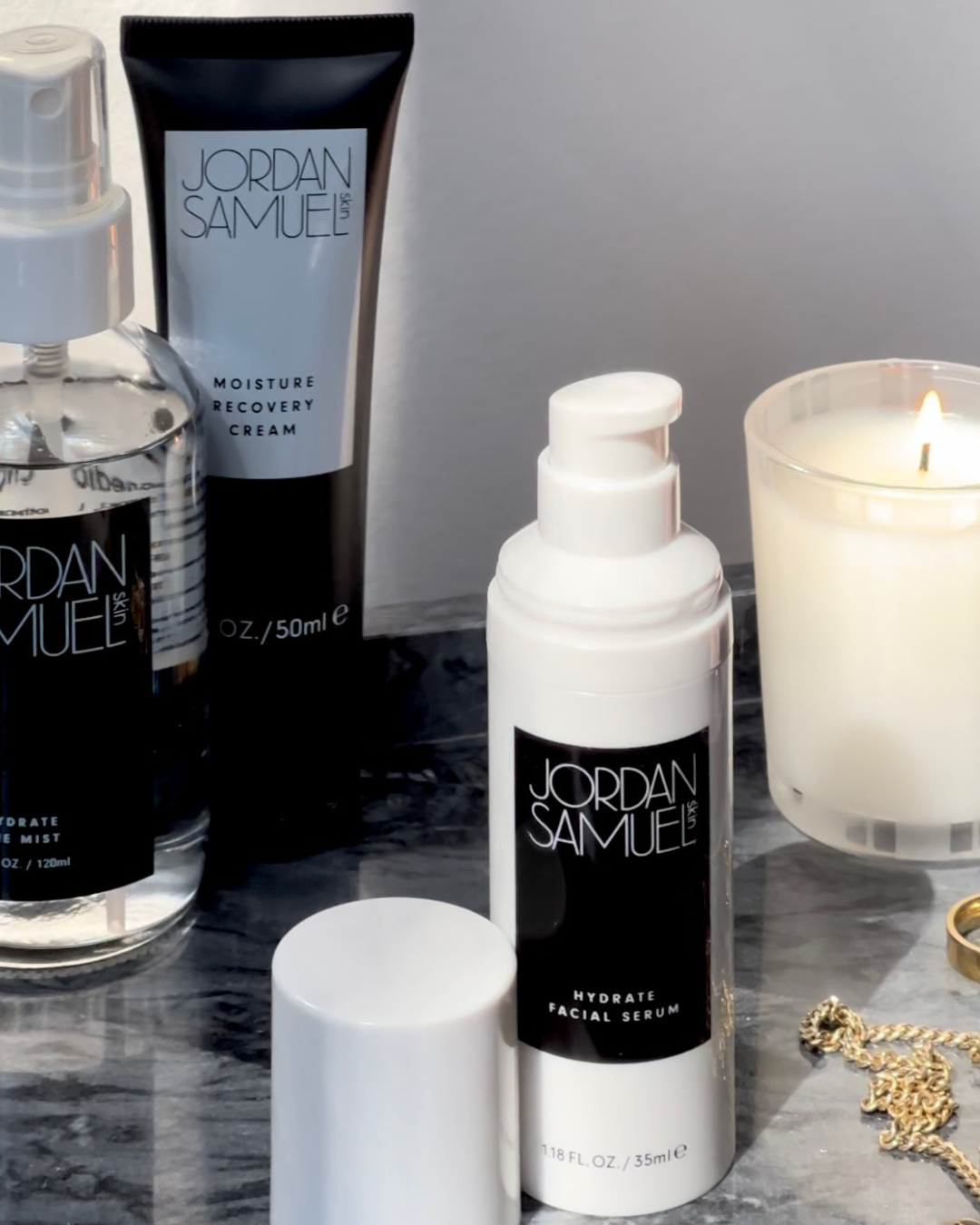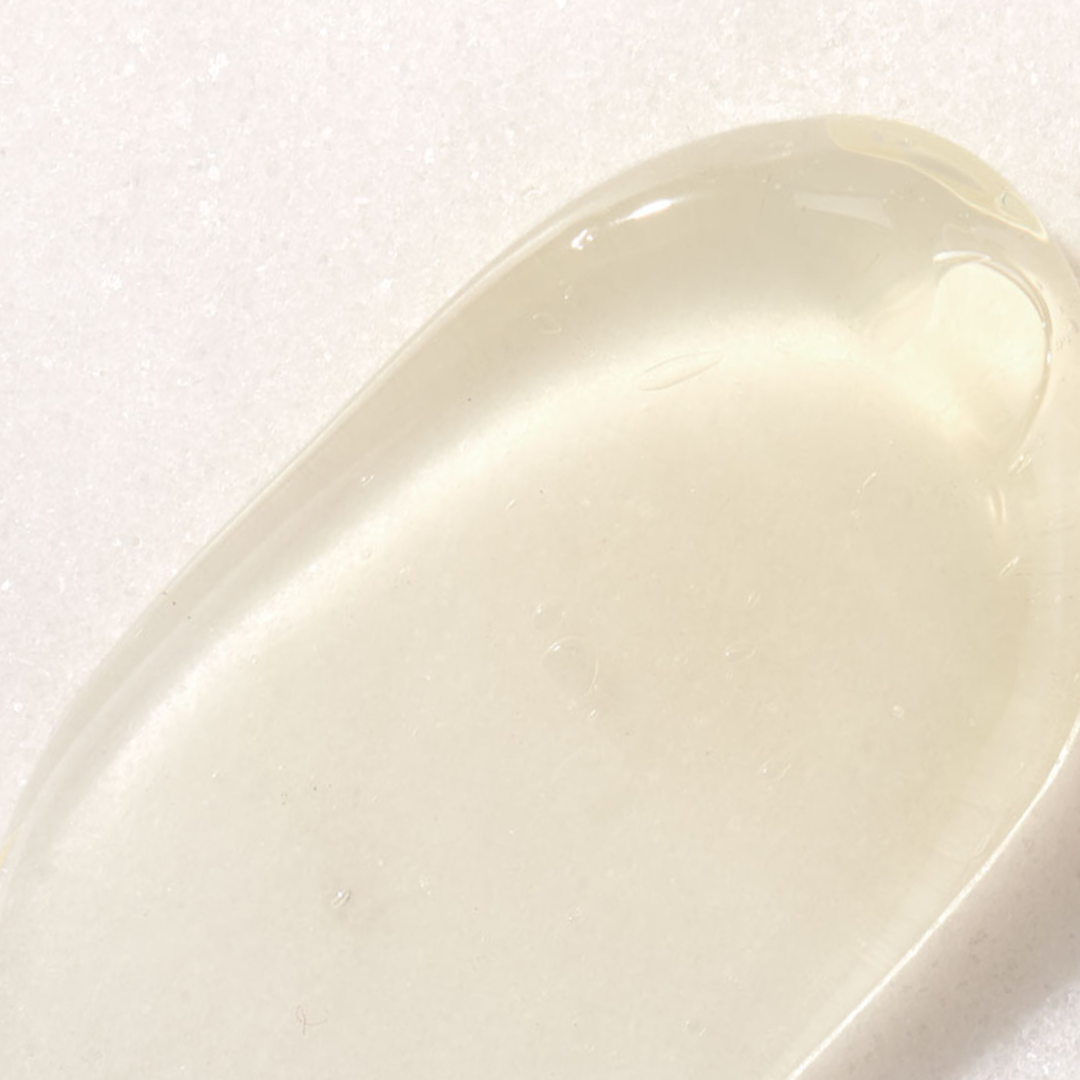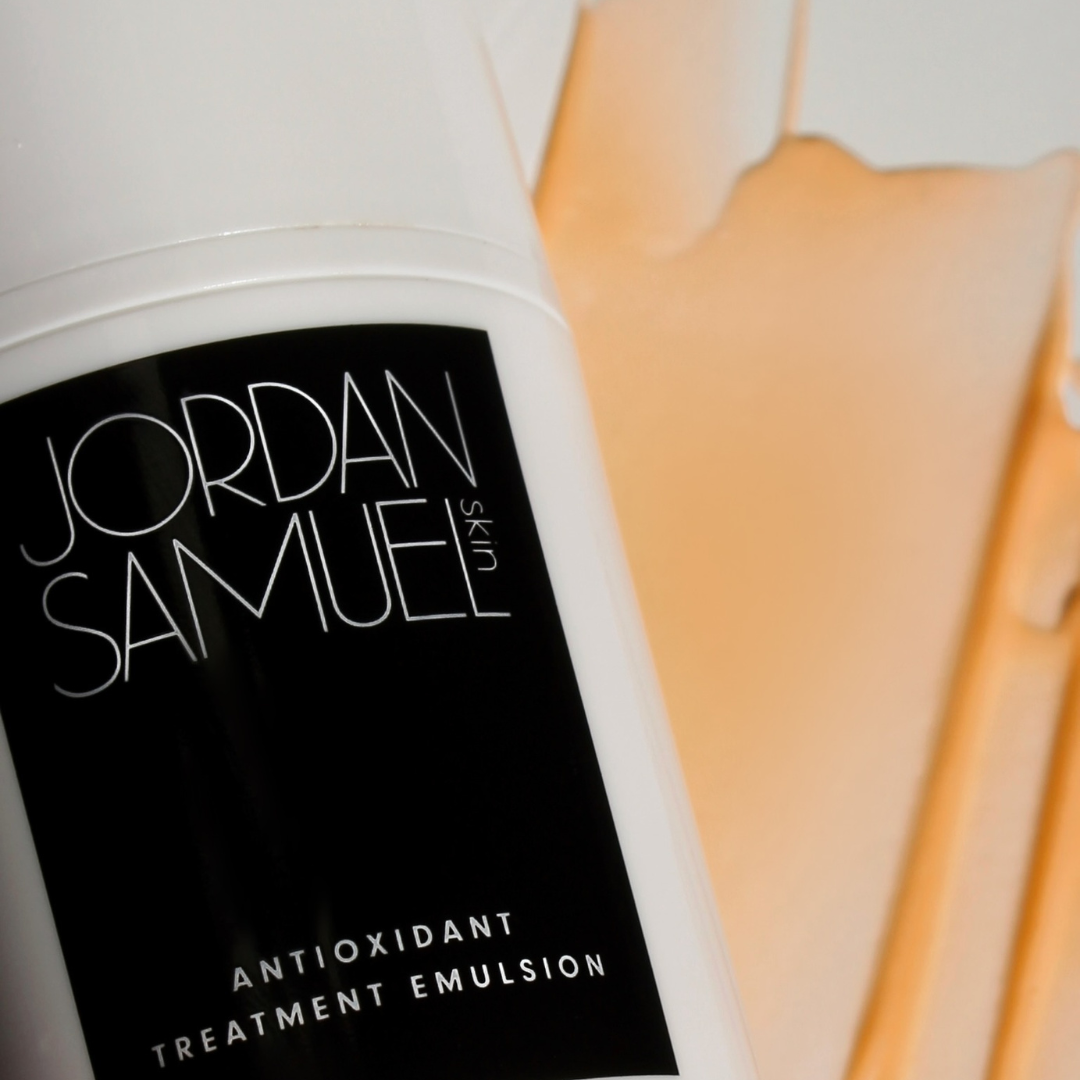Sunscreen presents a real conundrum for a lot of people. You need it, you should wear it daily, and you should apply an ample amount—but no other product is so divisive or so contingent on personal preference. The very same reasons that make one person love an SPF formula may make another person hate it. So how do you choose a daily sunscreen when personal opinions vary so wildly? Let’s start by looking at the active ingredients.
Mineral SPF
Mineral UV filters are active ingredients like zinc oxide and titanium dioxide. Sunscreens that list these as the only active ingredients are considered pure mineral sunscreens. Mineral SPF is generally gentle and provides broad-spectrum protection, but with a few drawbacks—they can feel heavy on the skin, they may not spread as easily, and they leave a more noticeable white cast on deeper skin tones. These considerations make mineral SPF a good choice for highly sensitive skin, but somewhat problematic for congestion-prone skin. They can also look a little ghostly or gray on persons of color, though there are tinted options available that help cancel out the white cast.
Synthetic SPF
Synthetic UV filters are sometimes called chemical SPF or organic SPF (in the context of chemistry, since they’re carbon-based). These include active ingredients like avobenzone, octinoxate, oxybenzone, and others—many, many others if you live outside of the U.S. and have access to a wider range of approved ingredients like Tinosorb or Mexoryl. Unlike mineral SPF, these sunscreen actives have a lighter feel and look less stark on deeper skin tones. Their one major downside is that synthetic SPF tends to be more sensitizing. Compromised skin barriers are pretty prevalent (thanks to overuse of acids and retinoids) and pure synthetic SPF may sting a bit on such compromised skin without proper buffering.
Mineral-Synthetic Blends
Most people find that their preference lies somewhere in the middle. They want the gentleness of a mineral sunscreen with the clear tint and spreadable, breathable feel of a synthetic. Using a mix of actives provides the benefits of each without their drawbacks. Blends tend to be gentler than a pure synthetic SPF, less heavy and gluey than pure mineral, and can be used on a wide variety of skin tones. I particularly like a blend of zinc oxide and octinoxate, which is featured in a few of my favorite sunscreens. I love the Supergoop Skin-Soothing Mineral SPF 40 and Elta MD’s UV Clear SPF 46 for daily wear, as well as the Control Corrective Oil-Free SPF 30. Long days outdoors and sunny vacations call for something with a bit more oomph and water-resistance, like my favorite Elta MD UV Sport SPF 50.
Try It Out
There’s no substitute for personal experience. Testing different formulas is the best way to find what works for you. Even in formulas you don’t like, you may find aspects that you enjoy and this info can help you choose your next SPF. The best sunscreen for you is one you’ll use every day—keep pushing through until you find something that you enjoy enough to use consistently!
XO,
Jordan




